- Home
- Clive Cussler
Treasure of Khan dp-19 Page 4
Treasure of Khan dp-19 Read online
Page 4
"A wise move. It is evident that the local resistance is failing."
"Inner Mongolia offers little strategic value to the Japanese. They are likely just chasing the remnants of the defensive forces out of Peking," he said, waving an arm toward the distant artillery barrage. "I suspect they will pull back shortly and enjoy a few days or even weeks pillaging Peking before renewing the offensive. Plenty of time for us to be on our way."
"It is unfortunate that we must leave now. We are nearly finished with the excavation of the Pavilion of Great Harmony," Tsendyn said, surveying a maze of excavated trenches that stretched around them like a World War I battlefield.
"It's a bloody shame," Hunt said, shaking his head in anger, "though we've proven that the site has already been well-ransacked."
Hunt kicked at some excavated fragments of marble and stone piled near his feet and watched as the dust settled over the remnants that had once constituted an imposing imperial structure. While most of his archaeological contemporaries in China were chasing prehistoric burial tombs loaded with bronze artifacts, Hunt's focus was on the more recent Yuan Dynasty. This was his third summer on the grounds of Shang-tu, excavating the remains of the royal summer palace built in 1260. Staring at a barren hillside dotted with mounds of fresh dirt, it was difficult to imagine the former grandeur of the palace and grounds that would have stood before him nearly eight hundred years earlier.
Though surviving Chinese historical records provide scant detail, Marco Polo, the Venetian adventurer who vividly documented thirteenth-century China and the Silk Road in his book The Travels, provided a striking description of Shang-tu at its zenith. Built on a huge mound at the center of a walled city, the original palace was surrounded by a forest of transplanted trees and lapis lazuli stone paths, which lent a magical blue hue to the estate. Exquisite gardens and fountains weaved through a series of government buildings and residences that encircled the Ta-an Ko, or "Pavilion of Great Harmony," which stood as the imperial palace. Constructed of green marble and stone and gilded with gold, the great structure was inlaid with glazed tiles and decorated with breathtaking paintings and sculptures from China's most skilled artisans. Used primarily as a summer residence by the emperor to escape the heat of Peking, Shang-tu quickly developed into a scientific and cultural hub. A medical center and astronomical observatory were constructed, and the city became a haven for scholars both foreign and domestic. A constant breeze across the hilltop cooled the emperor and his guests, as he administered over an empire that stretched from the Mediterranean to Korea.
But it was the emperor's adjacent hunting ground that perhaps gave the summer palace its most renown.
It was a vast enclosed park of trees, streams, and thick grass, encompassing sixteen square miles. The park was stocked with deer, boar, and other game for the hunting pleasure of the emperor and his guests. Elevated paths circled through the preserve, to keep the hunters' feet dry. Surviving tapestries show the emperor hunting in the park on a favorite horse, with a trained hunting cheetah at his side.
Centuries of abandonment, neglect, and looting had reduced the palace to little more than scattered rubble. It was nearly impossible for Hunt to picture the lush grounds of gardens, fountains, springs, and trees as they existed centuries ago. The landscape was now barren. A wide, grassy plain stretched empty to the distant brown hills. The area was void of life, the city's past glory just a whisper on the wind that ruffled through the tall grass. Xanadu, the romantic name of Shang-tu popularized by the Samuel Taylor Coleridge poem, existed now only in the imagination.
With approval from the Nationalist government, Hunt had begun excavations three years before. Trowel by trowel, he had been able to piece together the boundaries of the Palace of Great Harmony, identifying a grand hall, a kitchen, and a dining hall. An assortment of bronze and porcelain artifacts recovered from the earth told the tale of daily life at the palace. But, to Hunt's disappointment, there were no dazzling artifacts uncovered, no terra-cotta armies or Ming vases that would make a name for himself. The dig was nearly completed, just the remains of the royal bedroom chamber remained to be excavated.
Already, most of his colleagues had fled the eastern regions of China, not wanting to get caught up in a civil war or foreign invasion. Hunt seemed to perversely enjoy the turmoil and pending danger from the site in Northwest China, not far from Manchuria. With a love of antiquity and drama, he knew that he was standing thick in the middle of history in the making.
Hunt also knew that the British Museum would be pleased with whatever artifacts he would provide them for their planned exhibit of Xanadu. The chaos and danger created by the Japanese invasion was actually a benefit. Not only did it add to the allure of the artifacts that he transported west, it actually made the process easier. Local authorities had already fled the nearby villages, and the government antiquities officials had not been seen in weeks. He would have an easy time removing the artifacts from the country. That is, assuming he could extricate himself as well.
"I guess I've kept you from your family long enough, Tsendyn. I doubt the Russians will allow the Japanese to pussyfoot around in Mongolia, so you should be safe from this craziness."
"My wife shall welcome my return." The Mongol smiled through a yellowing set of sharply pointed teeth.
The faint drone of a nearby aircraft halted their conversation. To the south of them, a small gray speck grew larger in the sky before banking to the east.
"Japanese reconnaissance aircraft," Hunt mused. "Not a good sign for the Nationalist chaps if the Japanese own the skies." The archaeologist pulled out a pack of Red Lion cigarettes and lit one of the unfiltered smokes as Tsendyn peered at the fading aircraft with a nervous look.
"The sooner we are away, the better, I think," he said.
Behind them, a sudden commotion erupted from one of the excavation trenches. One of the Chinese laborer's heads popped up over the edge, his grimy jaws jabbering at a rapid clip.
"What is it?" Hunt said, setting down his tea.
"He says he's found some lacquered wood," Tsendyn replied, stepping toward the trench.
Both men walked to the edge and peered down. The chattering laborer excitedly pointed his trowel toward the ground as the other laborers crowded around. Barely exposed through the dirt at his feet was a flat square yellow object the size of a serving platter.
"Tsendyn, you handle the excavation," Hunt barked, waving away the other laborers. As the Mongolian jumped into the trench and carefully began scraping the dirt away with a trowel and brush, Hunt retrieved a notebook and pencil. Thumbing to a hand-drafted sketch of the localized area and trench, he neatly outlined the object in its discovered location. Flipping to a blank sheet, he then began sketching the artifact while Tsendyn gently dug around it.
As the dirt and dust fell away, Hunt could see that the object was in fact a yellow lacquered wooden box. Every square inch was painted with delicate images of animals and trees in elaborate detail, trimmed with inlaid mother-of-pearl. Hunt noted with curiosity that an elephant was depicted on the lid. Carefully scraping the dirt away to its base, Tsendyn gently lifted the box out of the sediment and placed it on a flat stone outside the trench.
The Chinese laborers all stopped their digging and crowded around the ornate box. Most of their discoveries to date consisted of little more than broken shards of porcelain and the occasional jade carving. This was easily the most impressive item uncovered in their three years of digging.
Hunt studied the box deliberately before taking it in his hands and lifting it. Something heavy was inside, which shifted as he moved the box. With his thumbs, he could feel a seam midway around the shallow sides and gently tried to separate the lid. The box, sealed for nearly eight hundred years, protested at first and then slowly opened. Hunt set the box down and gingerly worked his fingers around the entire edge, then pulled on the lid until it creaked off. Tsendyn and the laborers all leaned in as if in a football huddle, peering to see what was inside.
Two objects were nestled in the box and Hunt removed them for all to see. A spotted animal skin, colored black and yellow in the camouflage pattern of a leopard or cheetah, was rolled up like a scroll, the ends tied together with leather straps. The other item was a patinated bronze tube, sealed at one end, but with a removable cap at the other end. The Chinese workers all grinned and chuckled at the sight of the objects, not knowing what significance they held, but assuming correctly that they had some importance.
Hunt set down the cheetah skin and examined the heavy bronze tube. It had aged a deep green color, which only enhanced the elaborate image of a dragon that stretched along its length, the tail of the imaginary beast curled around the capped end of the tube like a coil of rope.
"Go ahead, open it up," Tsendyn urged with excited impatience.
Hunt easily pried off the end cap, then held the tube up to his eye, peering in. He then turned the open end toward the ground and carefully shook the tube, catching with his open left palm the contents as it slid out.
It was a rolled-up bolt of silk, dyed a pale blue. Tsendyn shook clean a nearby blanket and spread it across the ground at Hunt's feet. The archaeologist waited for the dust to clear, then knelt down over the blanket and carefully unfurled the silk roll to its full length of nearly five feet. Tsendyn noticed the normally unflappable archaeologist's hands trembled slightly as he smoothed out the creases in the silk.
A picturesque landscape scene was painted on the silk, portraying a mountaintop with deep valleys, gorges, and streams depicted in beautiful detail. But the silk was obviously much more than an ornamental work of art. Along the left border was a sizeable section of text that Hunt recognized as Uighur script, the earliest Mongolian written language adopted from early Turkish settlers to the Asian Steppes. On the right margin was a sequence of smaller images, depicting a harem of women, herds of horses, camels, and other animals, and a contingent of armed soldiers surrounding several wooden chests. The landscape portion of the painting was bare of life except for a lone figure at the very center of the silk roll. Standing on a small mountain rise was a Bactrian camel draped with a saddlecloth inscribed with two words. Oddly, the camel was painted weeping, shedding oversized tears that fell to the ground.
As he studied the silk painting, a band of sweat formed across Hunt's forehead. He suddenly felt his heart thumping loudly in his chest and he had to force himself to take a deep breath of air. It just couldn't be, he thought.
"Tsendyn ... Tsendyn," he muttered, nearly afraid to ask. "It is Uighur script. Can you read what it says?"
The Mongol assistant's eyes grew to the size of silver dollars as he, too, grasped the meaning of the image. He stuttered and stumbled as he tried to translate for Hunt.
"The wording on the left is a physical description of the mountainous region in the painting. 'At home atop Mount Burkhan Khaldun, nestled in the Khentii Mountains, our emperor sleeps. The Onon River quenches his thirst, between the valleys of the doomed.' "
"And the inscription on the camel?" Hunt whispered, pointing a shaky finger at the center of the painting.
"Temujin khagan," Tsendyn replied, choking the words out in a hushed tone of reverence.
"Temujin." Hunt repeated the word as if in a trance. Though the Chinese laborers failed to comprehend, Hunt and Tsendyn realized with shock that they had made a discovery of astounding proportions. A wave of emotion surged over Hunt as he digested the enormity of the silk painting. Though he tried to mentally question its content, the power of the description was just too overwhelming. The weeping camel, the offerings depicted on the side, the locale description. Then there was the name on the camel's back. Temujin. It was the birth name of a tribal boy who became the world's greatest conqueror. History would remember him by his royally appointed moniker: Genghis Khan. The ancient silk painting before them could be nothing other than a diagram of the hidden burial site of Genghis Khan.
Hunt collapsed to his knees as the realization of the find sunk in. The grave of Genghis Khan was one of the most sought-after archaeological sites in history. In an amazing tale of conquest, Genghis Khan had united the Mongol tribes of the Asian Steppes and expanded on a march of conquest the likes of which have never been matched since. Between 1206 and 1223 A.D., he and his nomadic horde captured lands as far west as Egypt and as far north as Lithuania. Genghis died in 1227 A.D. at the height of his power, and was known to have been secretly buried in the Khentii Mountains of Mongolia, not far from his birthplace. In the Mongol tradition, he was buried secretly with forty concubines and untold riches, the grave site carefully concealed by his subjects after interment. Ordinary foot soldiers who accompanied the cortege were put to death, while their commanders were sworn to silence upon threat of similar punishment.
Any hint as to the location of the grave site vanished as those in the know expired, keeping their loyal vow of silence to the very end. Only a camel, or so the legend went, tipped off the location a decade or so later. A Bactrian pack camel, known to be the mother of a camel interred with the great leader, was found weeping at a spot in the Khentii Mountains. The camel's owner realized it was crying for its lost son buried beneath its feet, in the same location where Genghis Khan must be entombed. Yet the fable ended there, the secret kept with the herder, and the grave of Genghis Khan left undisturbed in the Mongolian mountains of his birth.
Now the legend was whisked to life in the silk painting before Hunt's eyes.
"This is a most sacred find," Tsendyn whispered. "It will lead us to the tomb of the Great Khan."
Tsendyn spoke with a reverence that bordered on fright.
"Yes," Hunt gasped, imagining the fame that would sweep his way if he led the discovery of Genghis Khan's grave.
Suddenly fearful of exposing the significance of the silk to the Chinese laborers, one of whom might have an eager bandit in the family, Hunt hastily rerolled the fabric into the tube and replaced it in the lacquered box with the cheetah skin. He then wrapped the box in a cloth and secured it in a large leather satchel, which stayed clasped in his left hand for the rest of the day.
After riddling the earth where the box was recovered and finding no other artifacts, Hunt reluctantly ordered a halt to the dig. The laborers quietly stowed their picks, shovels, and brushes into a wooden cart then stood in line for their meager salary. Though paid just pennies a day, several of the men had actually fought over the physically demanding jobs, which were a rare commodity in the poverty-stricken Chinese provinces.
With the equipment and artifacts secured in a trio of wooden carts and the Chinese laborers dismissed, Hunt retired to his canvas tent after dinner with Tsendyn and packed up his belongings. For the first time, an uneasiness fell over him as he documented the day's events in his personal journal. With the last minute discovery of the valued artifact, he suddenly became more cognizant of the dangers around him. Looters and bandits had wantonly robbed other excavations in Shaanxi Province, and a fellow archaeologist had been beaten and pistol-whipped by marauders seeking three-thousand-year-old bronze artifacts. Then there was the Japanese Army. Though they might not harm a British citizen, they could very well appropriate his work and artifacts. And who knows? Would the discovery of Genghis Khan's grave prove to be a curse for him, as many claimed it was for Lord Carnarvon and the crew that discovered the grave of King Tut?
With the satchel containing the wooden box safe under his cot, he slept fitfully, the myriad of thoughts banging around his head like a blacksmith's hammer. The night was made more ominous by the howl of a shrieking wind that rocked the tent till dawn. Rising groggily at daybreak, he was relieved to find the satchel safe and sound under his cot, while, outside, there were no Japanese militants to be seen.
Tsendyn was standing nearby, cooking some goat meat over an open fire with a pair of Chinese orphan boys who assisted the Mongol.
"Good morning, sir. Hot tea is at the ready." Tsendyn smiled, handing Hunt a cup of steaming brew. "All of the equipment is packed, and th
e mules are hitched to the carts. We can depart at your desire."
"Jolly good. Stow my tent, if you would, and take a good mind of the satchel under the cot," he said, taking a seat on a wooden crate and watching the sunrise as he enjoyed his tea.
The first distant artillery shell sounded an hour later as the remaining excavation party rolled away from the Shang-tu site aboard three mule-drawn wagons. Across the windswept plains stood the tiny village of Lanqui, just over a mile away. The caravan continued past the dusty town, joining a small trail of refugees headed west. Near noon, the mules clopped into the aged town of Duolun, where they stopped at a roadside hovel for lunch. Downing a tasteless bowl of noodles and broth that was sprinkled with dead bugs, they made their way to a large flat meadow at the edge of town. Sitting atop one of the wagons, Hunt peered overhead into a partly cloudy sky. Almost like clockwork, a faint buzz broke the air, and the archaeologist watched as a tiny silver speck grew larger against the clouds as it approached the makeshift airfield. As the airplane neared, Hunt pulled a handkerchief from his pocket and tied it to a stick, thrusting it into the ground as a primitive wind sock for the pilot to gauge the breeze.
With a gentle touch, the pilot circled the metal-sided aircraft in a wide, low turn, then set the noisy plane down onto the turf in a quick motion. Hunt was relieved to see the plane was a Fokker F. VIIb trimotor, a safe and able aircraft aptly suited to flying over remote stretches of barren landscape. He noted with curiosity that the name Blessed Betty was painted beneath the pilot's cockpit window.
The motors barely gurgled to a stop when the fuselage door burst open and out jumped two men in worn leather jackets.
"Hunt? I'm Randy Schodt," greeted the pilot, a tall man with a rugged yet friendly face who spoke with an American accent. "My brother Dave and I are here to fly you to Nanking, or so the contract says, he added, patting a folded paper in his jacket pocket.

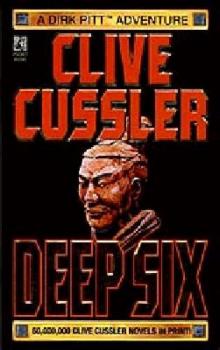 Deep Six
Deep Six Odessa Sea
Odessa Sea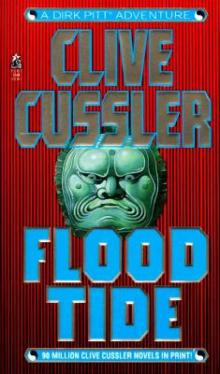 Flood Tide
Flood Tide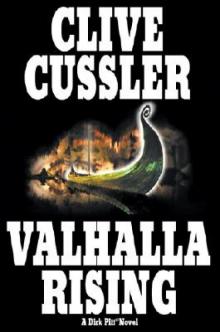 Valhalla Rising
Valhalla Rising Thriller 2
Thriller 2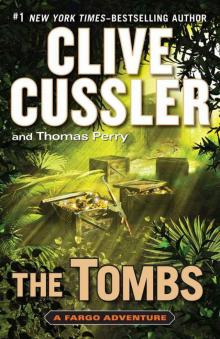 The Tombs
The Tombs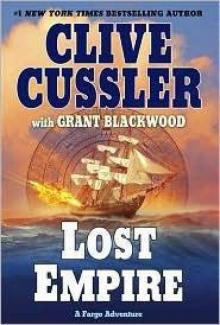 Lost Empire
Lost Empire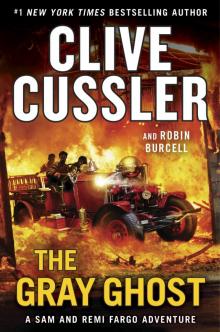 The Gray Ghost
The Gray Ghost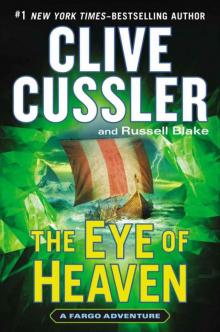 The Eye of Heaven
The Eye of Heaven Polar Shift
Polar Shift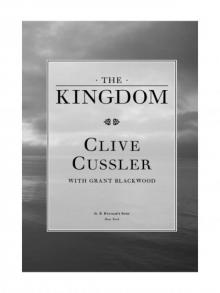 The Kingdom
The Kingdom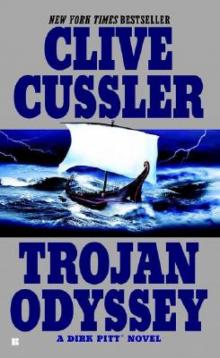 Trojan Odyssey
Trojan Odyssey Shadow Tyrants
Shadow Tyrants Nighthawk
Nighthawk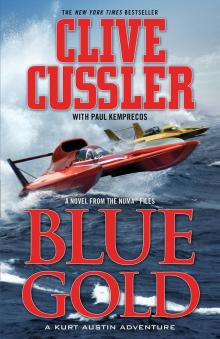 Blue Gold
Blue Gold Serpent
Serpent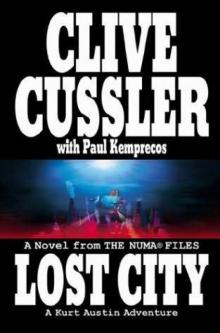 Lost City
Lost City The Gangster
The Gangster White Death
White Death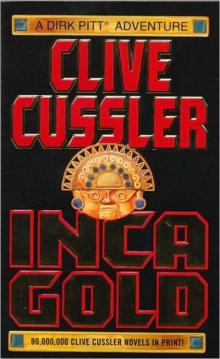 Inca Gold
Inca Gold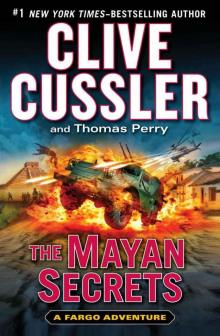 The Mayan Secrets
The Mayan Secrets The Pharaoh's Secret
The Pharaoh's Secret The Emperor's Revenge
The Emperor's Revenge Corsair
Corsair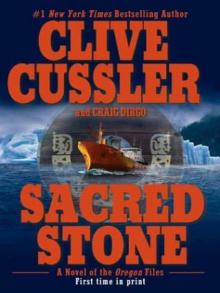 Sacred Stone
Sacred Stone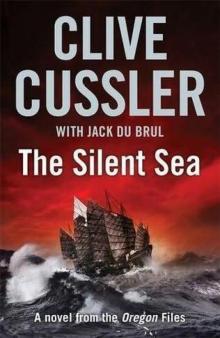 The Silent Sea
The Silent Sea The Rising Sea
The Rising Sea Black Wind
Black Wind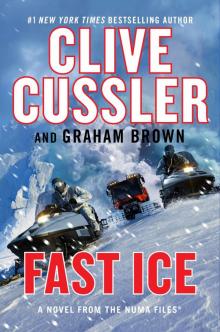 Fast Ice
Fast Ice Ghost Ship
Ghost Ship Marauder
Marauder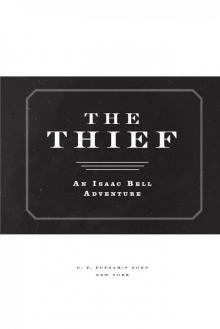 The Thief
The Thief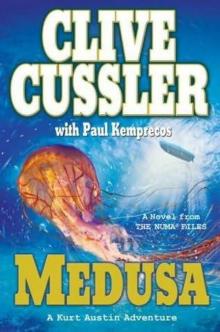 Medusa
Medusa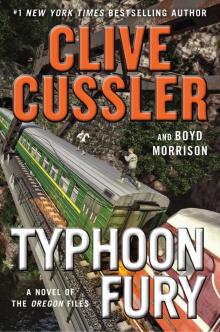 Typhoon Fury
Typhoon Fury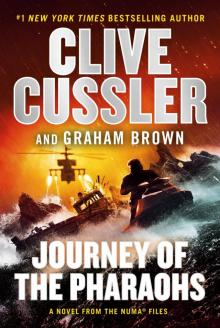 Journey of the Pharaohs
Journey of the Pharaohs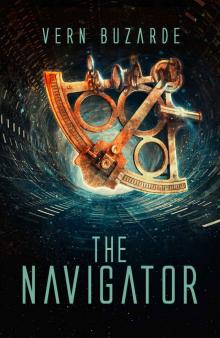 The Navigator
The Navigator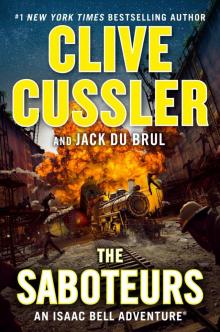 The Saboteurs
The Saboteurs Crescent Dawn
Crescent Dawn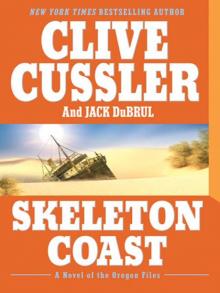 Skeleton Coast
Skeleton Coast Wrath of Poseidon
Wrath of Poseidon The Mediterranean Caper
The Mediterranean Caper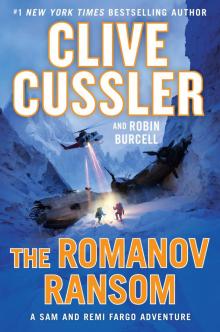 The Romanov Ransom
The Romanov Ransom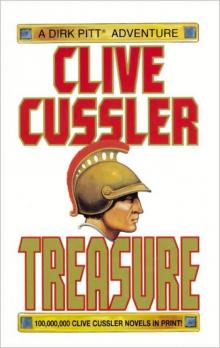 Treasure
Treasure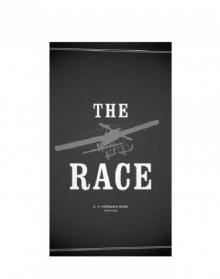 The Race
The Race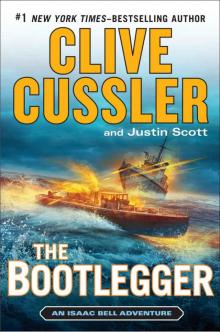 The Bootlegger
The Bootlegger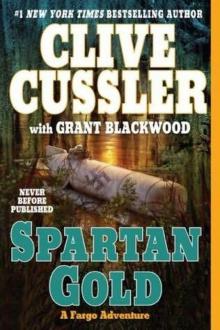 Spartan Gold
Spartan Gold Havana Storm
Havana Storm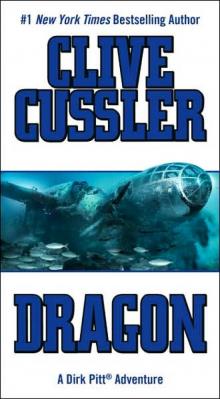 Dragon
Dragon Piranha
Piranha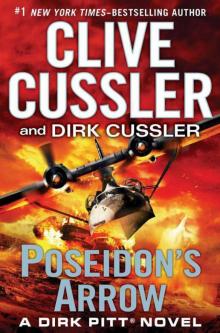 Poseidon's Arrow
Poseidon's Arrow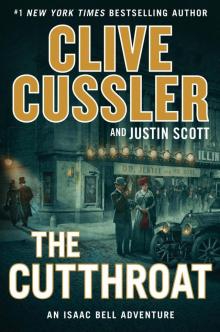 The Cutthroat
The Cutthroat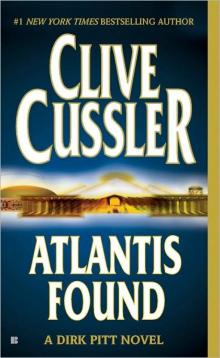 Atlantis Found
Atlantis Found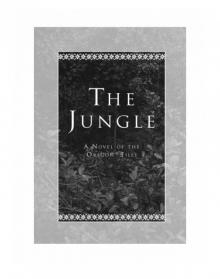 The Jungle
The Jungle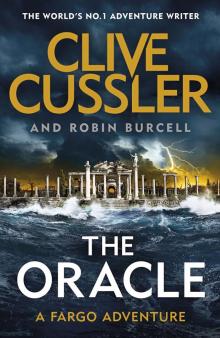 The Oracle
The Oracle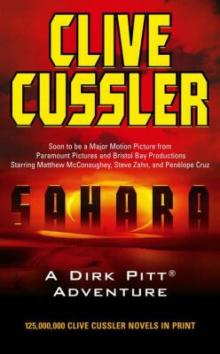 Treasure / Dragon / Sahara: Clive Cussler Gift Set
Treasure / Dragon / Sahara: Clive Cussler Gift Set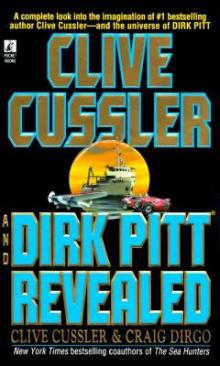 Clive Cussler and Dirk Pitt Revealed
Clive Cussler and Dirk Pitt Revealed The Sea Hunters
The Sea Hunters Pirate
Pirate The Striker
The Striker Plague Ship
Plague Ship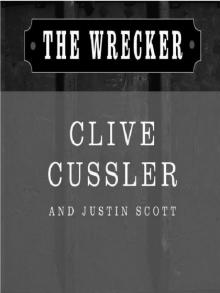 The Wrecker
The Wrecker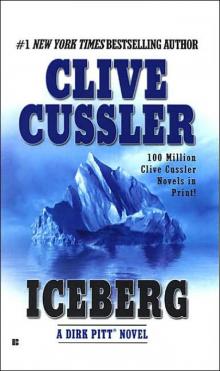 Iceberg
Iceberg The Chase
The Chase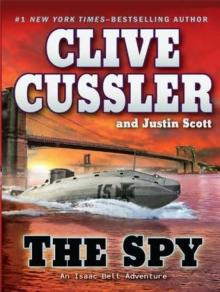 The Spy
The Spy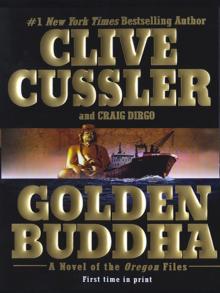 Golden Buddha
Golden Buddha The Titanic Secret
The Titanic Secret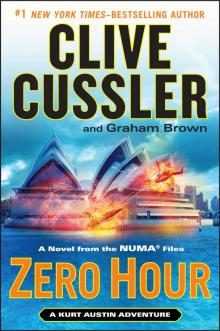 Zero Hour
Zero Hour Fire Ice
Fire Ice Dark Watch
Dark Watch The Storm
The Storm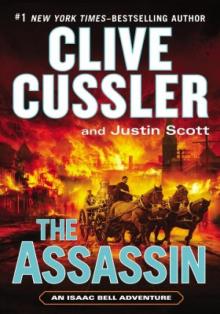 The Assassin
The Assassin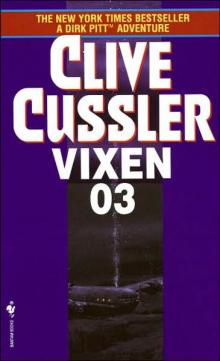 Vixen 03
Vixen 03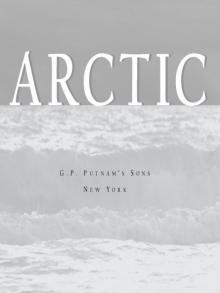 Arctic Drift
Arctic Drift Night Probe!
Night Probe! Cyclops
Cyclops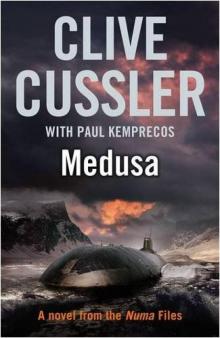 Medusa nf-8
Medusa nf-8 Shock Wave dp-13
Shock Wave dp-13 Marauder (The Oregon Files)
Marauder (The Oregon Files)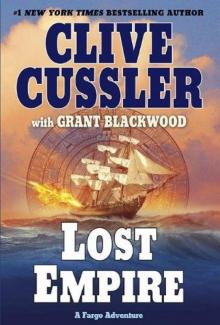 Lost Empire fa-2
Lost Empire fa-2 Arctic Drift dp-20
Arctic Drift dp-20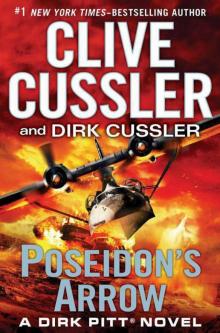 Dirk Pitt 22 - Poseidon's Arrow
Dirk Pitt 22 - Poseidon's Arrow Treasure of Khan dp-19
Treasure of Khan dp-19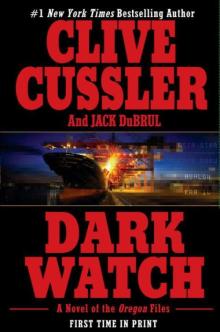 Dark Watch of-3
Dark Watch of-3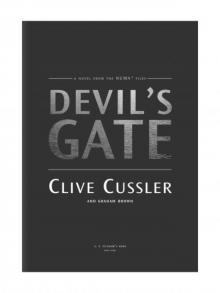 Devil's Gate
Devil's Gate The Sea Hunters II: More True Adventures with Famous Shipwrecks
The Sea Hunters II: More True Adventures with Famous Shipwrecks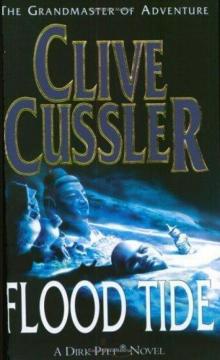 Flood Tide dp-14
Flood Tide dp-14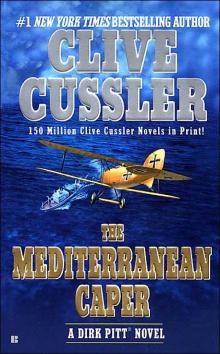 The Mediterranean Caper dp-2
The Mediterranean Caper dp-2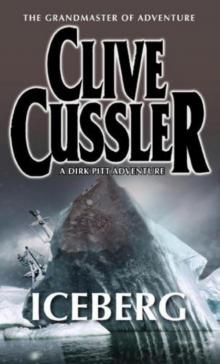 Iceberg dp-3
Iceberg dp-3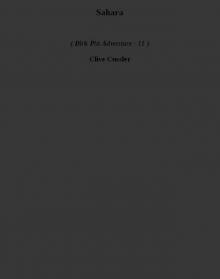 Sahara dpa-11
Sahara dpa-11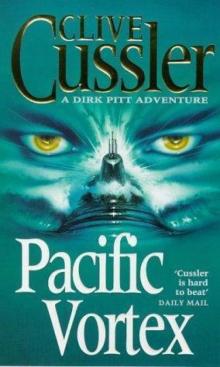 Pacific Vortex! dp-1
Pacific Vortex! dp-1 Deep Six dp-7
Deep Six dp-7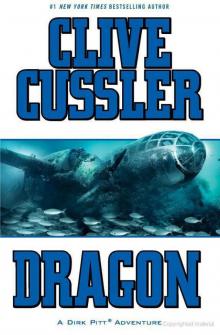 Dragon dp-10
Dragon dp-10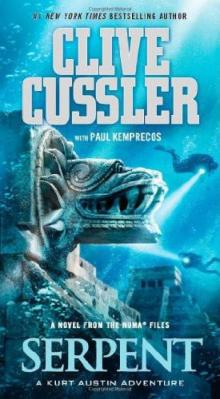 Serpent nf-1
Serpent nf-1 Havana Storm (Dirk Pitt Adventure)
Havana Storm (Dirk Pitt Adventure)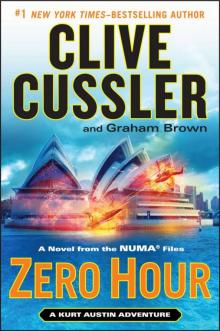 Zero Hour nf-11
Zero Hour nf-11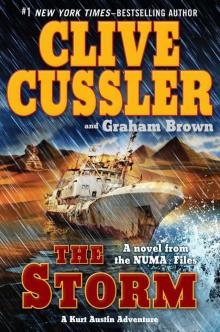 The Storm nf-10
The Storm nf-10 The Thief ib-5
The Thief ib-5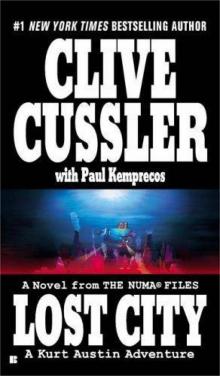 Lost City nf-5
Lost City nf-5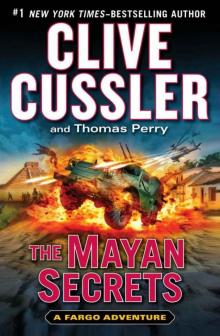 The Mayan Secrets fa-5
The Mayan Secrets fa-5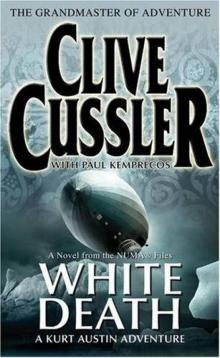 White Death nf-4
White Death nf-4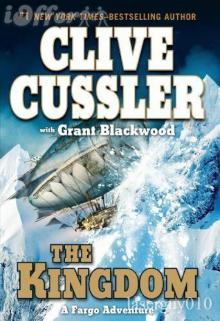 The Kingdom fa-3
The Kingdom fa-3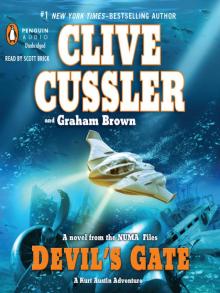 Devil's Gate nf-9
Devil's Gate nf-9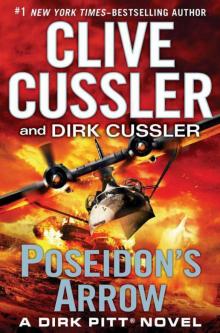 Poseidon's Arrow dp-22
Poseidon's Arrow dp-22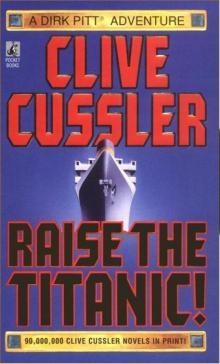 Raise the Titanic dp-4
Raise the Titanic dp-4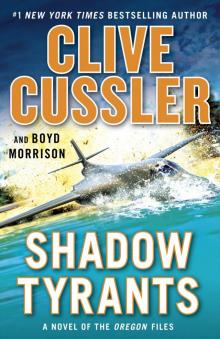 Shadow Tyrants--Clive Cussler
Shadow Tyrants--Clive Cussler Sacred Stone of-2
Sacred Stone of-2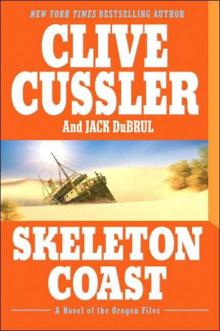 Skeleton Coast tof-4
Skeleton Coast tof-4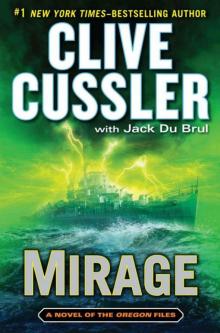 Mirage tof-9
Mirage tof-9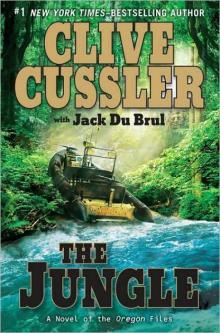 The Jungle of-8
The Jungle of-8 The Emperor's Revenge (The Oregon Files)
The Emperor's Revenge (The Oregon Files)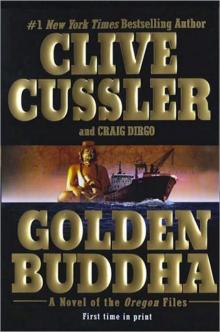 Golden Buddha of-1
Golden Buddha of-1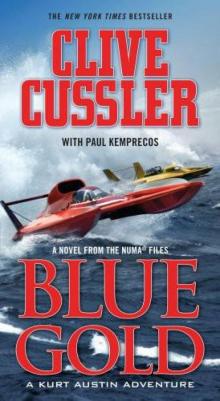 Blue & Gold
Blue & Gold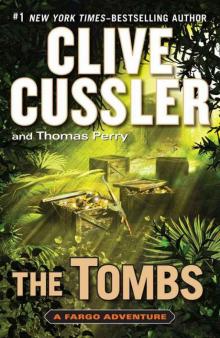 The Tombs fa-4
The Tombs fa-4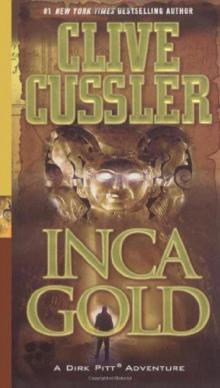 Inca Gold dp-12
Inca Gold dp-12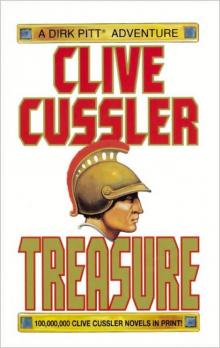 Treasure dp-9
Treasure dp-9 Atlantis Found dp-15
Atlantis Found dp-15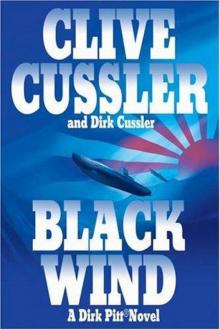 Black Wind dp-18
Black Wind dp-18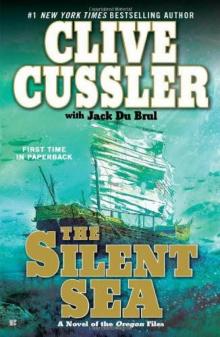 the Silent Sea (2010) tof-7
the Silent Sea (2010) tof-7 The Wrecker ib-2
The Wrecker ib-2 Fire Ice nf-3
Fire Ice nf-3 The Chase ib-1
The Chase ib-1 Sahara
Sahara The Striker ib-6
The Striker ib-6 Polar Shift nf-6
Polar Shift nf-6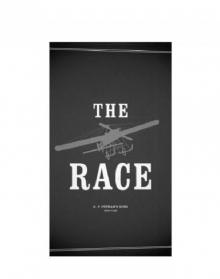 The Race ib-4
The Race ib-4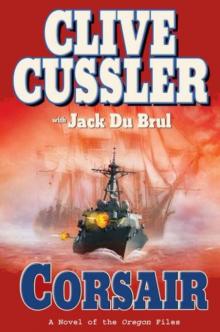 Corsair of-6
Corsair of-6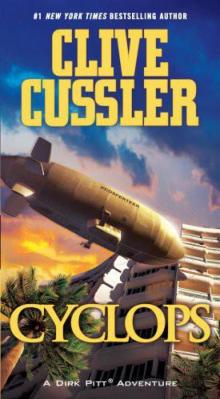 Cyclops dp-8
Cyclops dp-8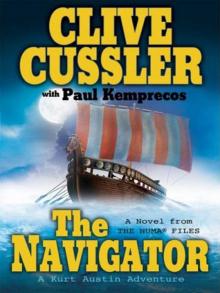 The Navigator nf-7
The Navigator nf-7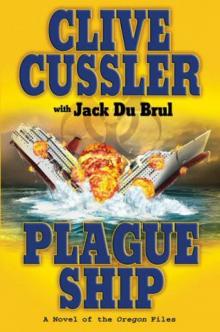 Plague Ship tof-5
Plague Ship tof-5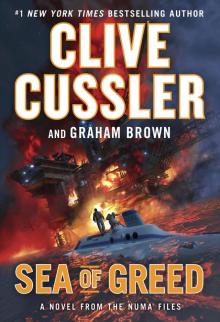 Sea of Greed
Sea of Greed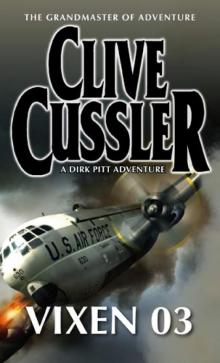 Vixen 03 dp-5
Vixen 03 dp-5 Thriller 2: Stories You Just Can't Put Down
Thriller 2: Stories You Just Can't Put Down